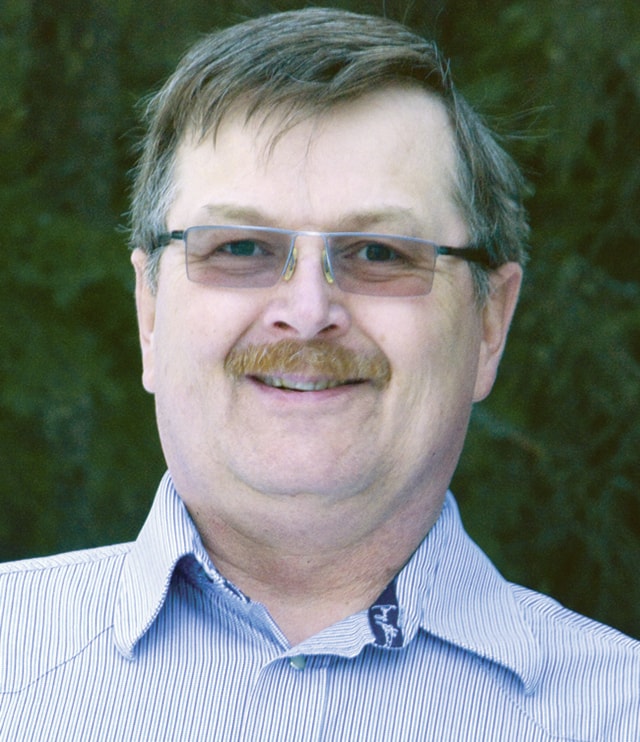Agriculture in the world’s second most populous country, India, produces some 18 per cent of the world’s greenhouse gas (GHG) simply by ridding themselves of the left over biomass from the harvest of their crops. Although burning crop residue in open air is an economical solution to an old problem, it is proving a waste and an environmental threat.
Torrefaction, although similar to pyrolysis, uses a thermochemical procedure at temperatures somewhat lower, 200 - 350°C, to carbonize lignocellulosic plant materials like wood, straw, or reeds.
The process takes about an hour, and produces a product which doesn’t absorb water, won’t rot, and is up to 40 per cent more energy dense than the original feedstock. Businesses around the world are busy setting up pilot plants to determine how to best utilize this waste “biomass” and turn it into marketable product referred to as “bio-coal.”
As a replacement for traditional fossil coal, bio coal does not add to GHG levels. Biomass takes up atmospheric carbon as it grows, later, when needed this carbon is released when the torrefaction produced “bio-coal” is burnt.
The net benefit of using this process, would allow industries such as those generating electrical energy, steel plants, and the like, to produce their products without increasing atmospheric GHG readings. By not increasing these levels, naturally occurring carbon uptake processes can reduce current concentrations.
Scientists, and industry, in Finland, Holland, Belgium and Austria are making serious investigations and setting up pilot plants to develop large commercialization of the torrefied products in Europe. Issues with the torrefaction process lay in uniformity, smaller particles carbonize faster than Torrefaction larger, but the pelletizing industry offers a sensible solution with the technology that is currently feeding residential wood stoves.
Canadian businesses, and research facilities, such as University of British Columbia with its NORAM study, are also actively engaged. We have a wood pellet industry represented by the Wood Pellet Association of Canada (WPAC) and although its biggest customer is the European market, it is funding various research projects here at home.
Newcastle, New Brunswick is home to companies’ Swedish based Vatenfall, and Miramichi Premium Pellets, which are collaborating on the feasibility of a torrefaction project. In Quebec Torrefuels has completed a laboratory scale proof of concept and Airex Energy in Montreal has developed a patented “CarbonFX” technology. Airex’s proof of concept prototype produces 0.25 tonnes per hour and is the first step in a commercial venture with Colacem, a cement company that will use bio-coal co-fired with conventional coal.
In British Columbia, Allied Blower, a company that supplies wood pellet equipment, developed an indirect torrefaction process for the drying of the wood pellets. In Burnaby, Diacarbon has commissioned a 1.3 tonne per hour pilot plant with plans for an installation 2.5 times as large.
Although the torrefaction industry in Canada is small, interest is growing, and with the obvious advantages of pellet technologies the huge benefits seen with “bio-coal” will undoubtedly prevail and inevitably succeed. Maybe Alberta can step up to the plate and take advantage of a new ecofriendly industry.
Lorne Oja can be reached at lorne@solartechnical.ca.
